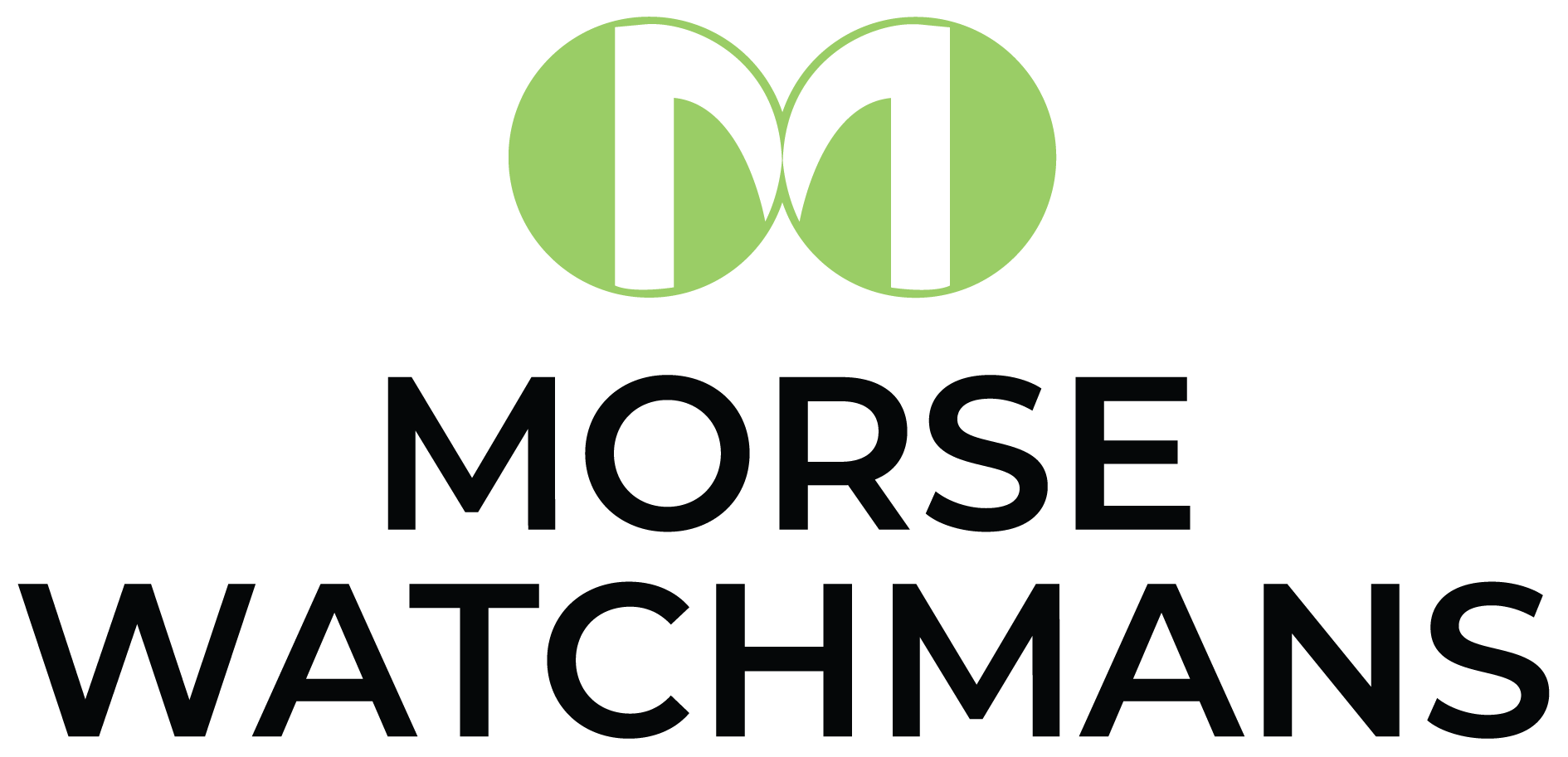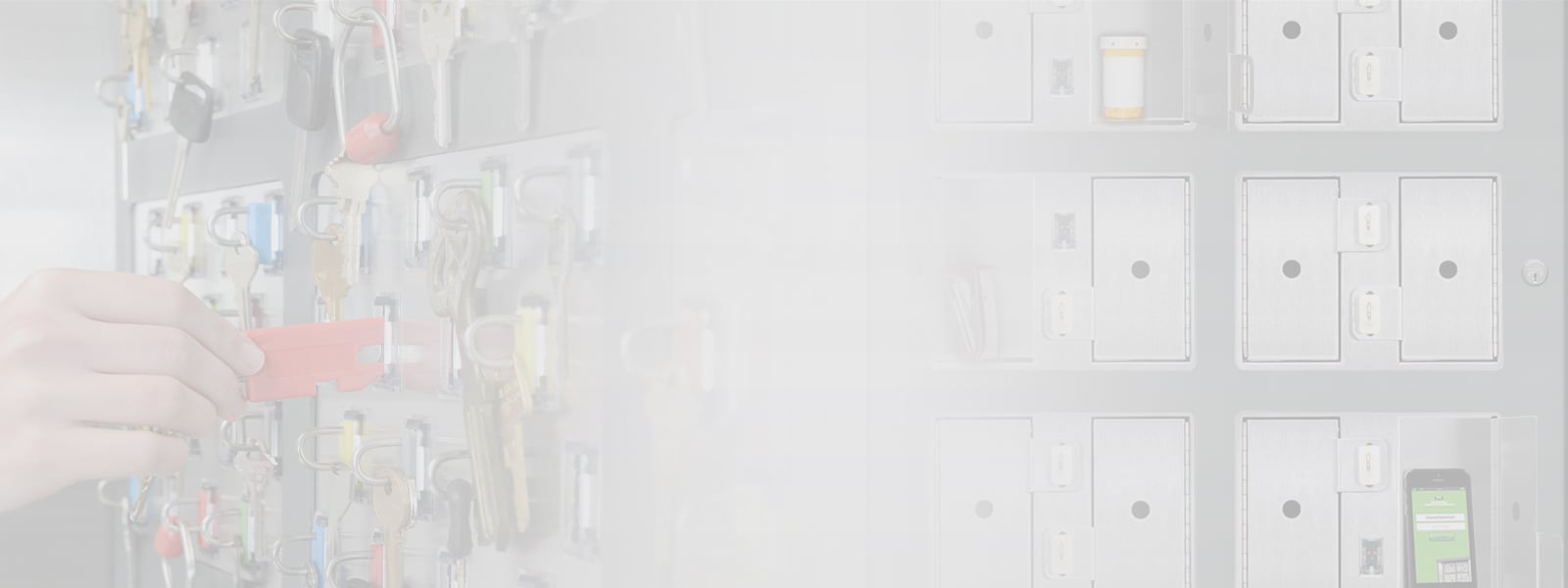Too often we are led to believe that implementing a technology solution to improve physical security is going to be expensive. However, a closer look can reveal how technology can actually save both time and money. For example, by implementing a key control and management system like KeyWatcher Touch, there are at least 10 ways an organization can save money.
1. Security – Automatic tracking of key access provides management with information as to when keys were removed and by whom and helps to prevent lost or overdue return of keys and eliminates expensive re-keying of facility doors.
2. Productivity – Pre-authorized users can access keys quickly and easily, reducing time conventionally spent signing keys in and out.
3. Personnel – There is no need for dedicated personnel to oversee manual logging of key access. The system can be remotely accessed
for key release, negating the need for on-site personnel.
4. Insurance – Insurance rates may be decreased in multi-family residences when duplicate keys for the resident’s units are secured in an automated key control system.
5. Safety – Asset lockers, which can be configured in a key control cabinet, can be used to secure weapons and other valuables against theft when not in use.
6. Compliance – Vertical markets such as gaming have various forms of requirements regarding key access. Today’s key control systems can be easily programmed to meet these requirements.
7. Integration – Systems can be more effective in preventing theft or mitigating risk when they are tied together. Open architecture of key control systems allows integration with access control, video surveillance, alarm systems and so on.
8. Reports – Analysis of data generated by the key control system can provide valuable information as to key usage, trends, etc. which can then be acted upon to potentially reduce costs.
9. Notifications – Automatic email and/or text alerts to management when keys are overdue can reduce risk vulnerability.
10. Upgrades – Software-driven technology can often be upgraded with new features and functionality, reducing or eliminating the need and cost to replace systems.
Want to know how key control can help your organization save money? Contact us to find out.



